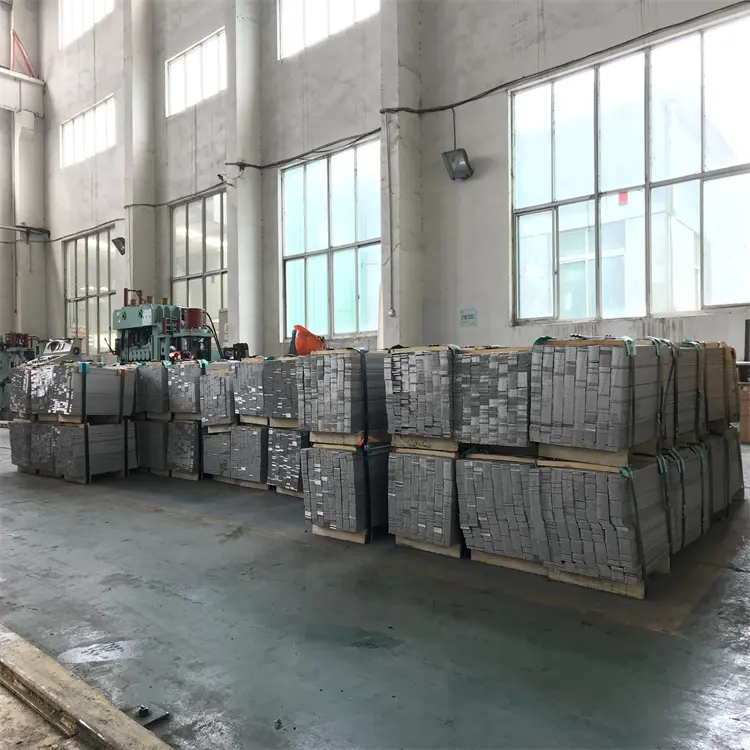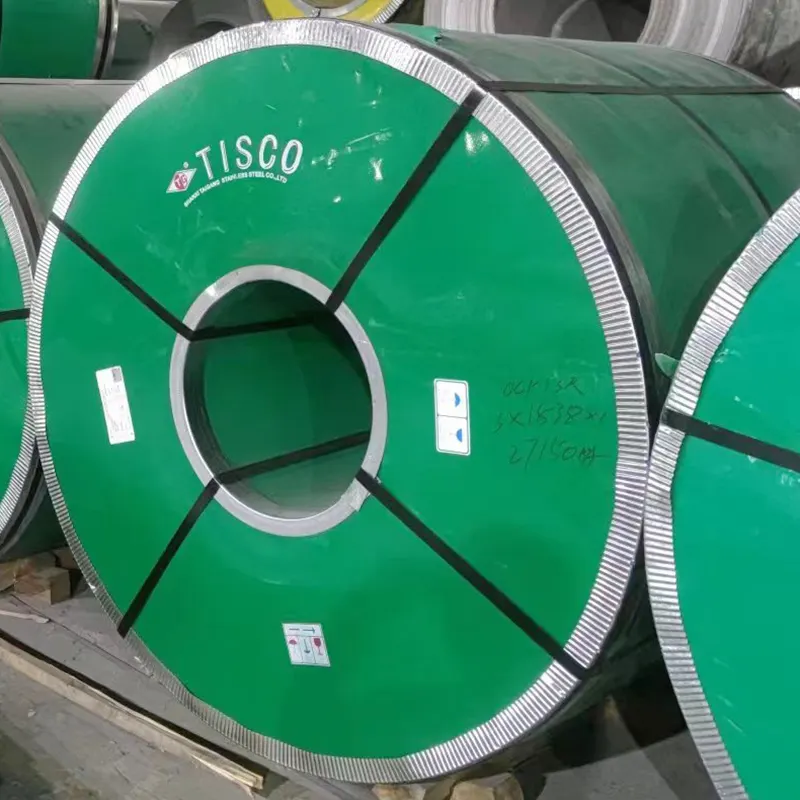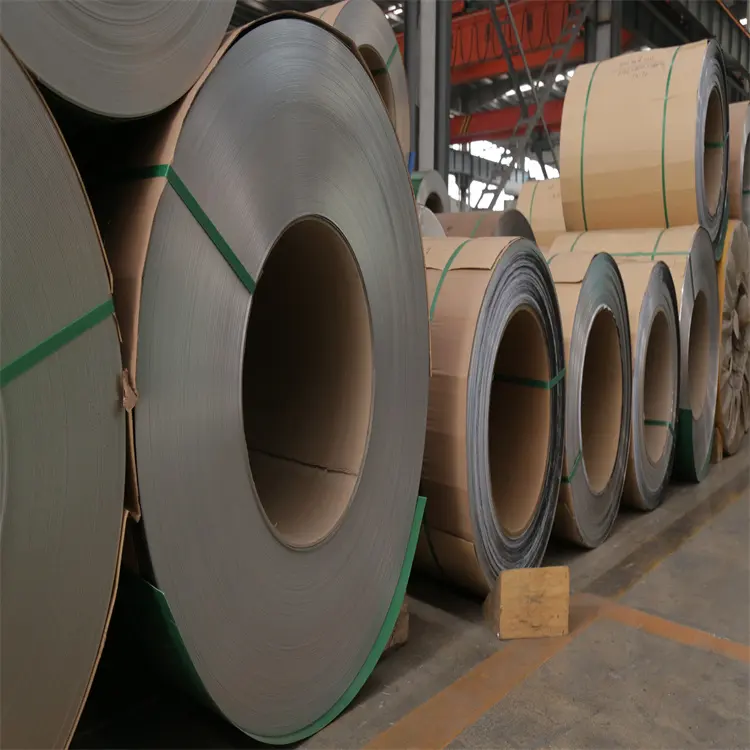316 ss plate price
The 316 stainless steel plate price represents a crucial consideration in industrial procurement, reflecting the premium quality and exceptional performance characteristics of this material. This grade of stainless steel plate combines superior corrosion resistance with remarkable mechanical properties, making it a preferred choice across various industries. The price point typically factors in the high nickel and molybdenum content, which contributes to its enhanced resistance against chlorides and harsh chemical environments. Market prices for 316 SS plates fluctuate based on raw material costs, manufacturing processes, thickness specifications, and global supply-demand dynamics. Current market trends show varying price ranges depending on dimensions, with thicker plates generally commanding higher per-unit prices due to increased material content and processing requirements. The pricing structure also considers surface finish options, from standard mill finish to specialized treatments, each affecting the final cost. When evaluating 316 SS plate prices, buyers must consider the long-term value proposition, including reduced maintenance costs, extended service life, and superior performance in challenging environments.


